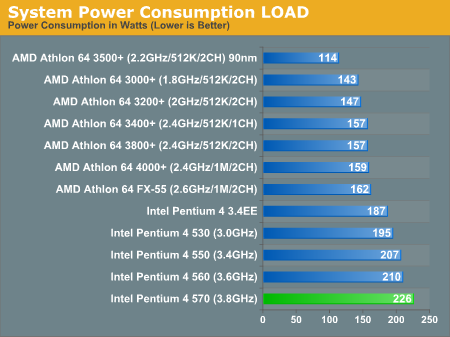Friesiansam
Distinguished
Overclocker killed a CPU, and that's news?
Future Publishing brings all acquisitions down to the same low, low level.
Future Publishing brings all acquisitions down to the same low, low level.
Then you missed the part about motherboard manufacturers patching to drop the voltage limit from 2.5v to 1.35v.
But hey, I guess those AMD motherboard manufacturers are just shilling for Intel, right?
2v is not unheard of for LN2 extreme overclocking, as Der8uer was attempting in this instance, and even on newer fine-process-scale chips pumping nearly 1.8v into them does not mean an automatic brick. That a mere 1.35v - a voltage that air cooled CPUs can be expected to survive - killed a chip outright whilst under LN2 cooling is both unexpected and newsworthy.If they allow you to push 2.5V on your CPU they might just want you to kill your CPU.
Never heard of any modern CPU from any manufacturer survive to anything close to that, so I wonder why such an insanity was allowed in the first place.
But hey, I guess you had to be a smug asshole, right?
Its a bit more complicated then that but there is a large helping of fact to what you say. One factoid is how much space between transistors there actually is vs what marketing tells you there is. The intel 7 process for instance is actually 10nm if I remember correctly. The intel 4 process is actually 7nm and so on.Maybe voltages suited for 130nm Pentium 4 really shouldn't be applied to a 5nm chip. Heck, the "never exceed" voltage was 1.45v on 45nm Core 2.
Does anyone else find it odd that chip voltages haven't really dropped much in 20 years even though the process node has dropped to 1/26 what it was then? You'd think that would be a recipe for electromigration. Process shrinks used to reduce power consumption and now we are up to 253w.
Way more. Wikichip states the fin pitch for Intel 7 is 34 nm, while Intel 4 reduces it to 30 nm.One factoid is how much space between transistors there actually is vs what marketing tells you there is. The intel 7 process for instance is actually 10nm if I remember correctly. The intel 4 process is actually 7nm and so on.
No, now we are up to 253W for 8-16 cores.Maybe voltages suited for 130nm Pentium 4 really shouldn't be applied to a 5nm chip. Heck, the "never exceed" voltage was 1.45v on 45nm Core 2.
Does anyone else find it odd that chip voltages haven't really dropped much in 20 years even though the process node has dropped to 1/26 what it was then? You'd think that would be a recipe for electromigration. Process shrinks used to reduce power consumption and now we are up to 253w.



